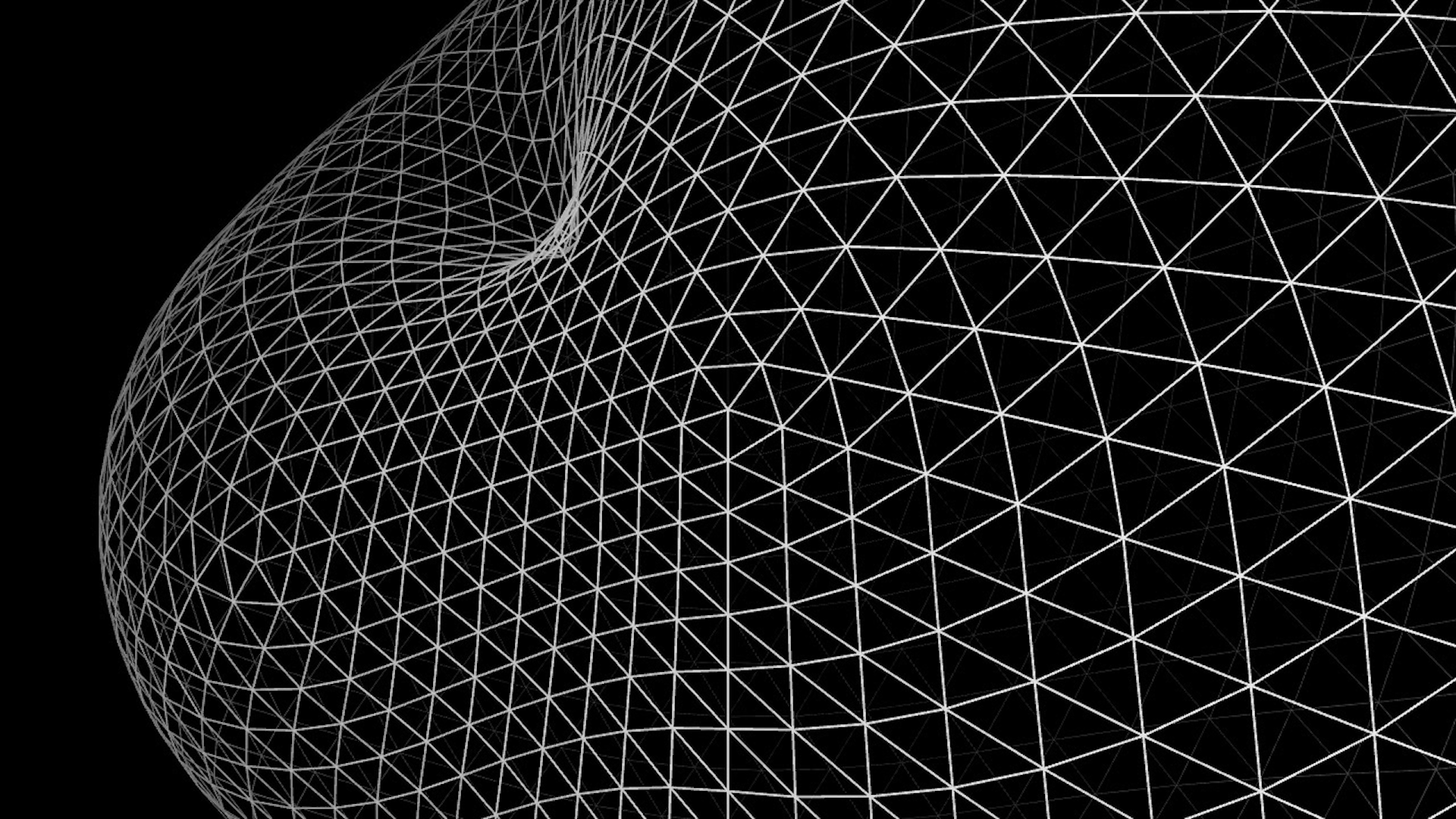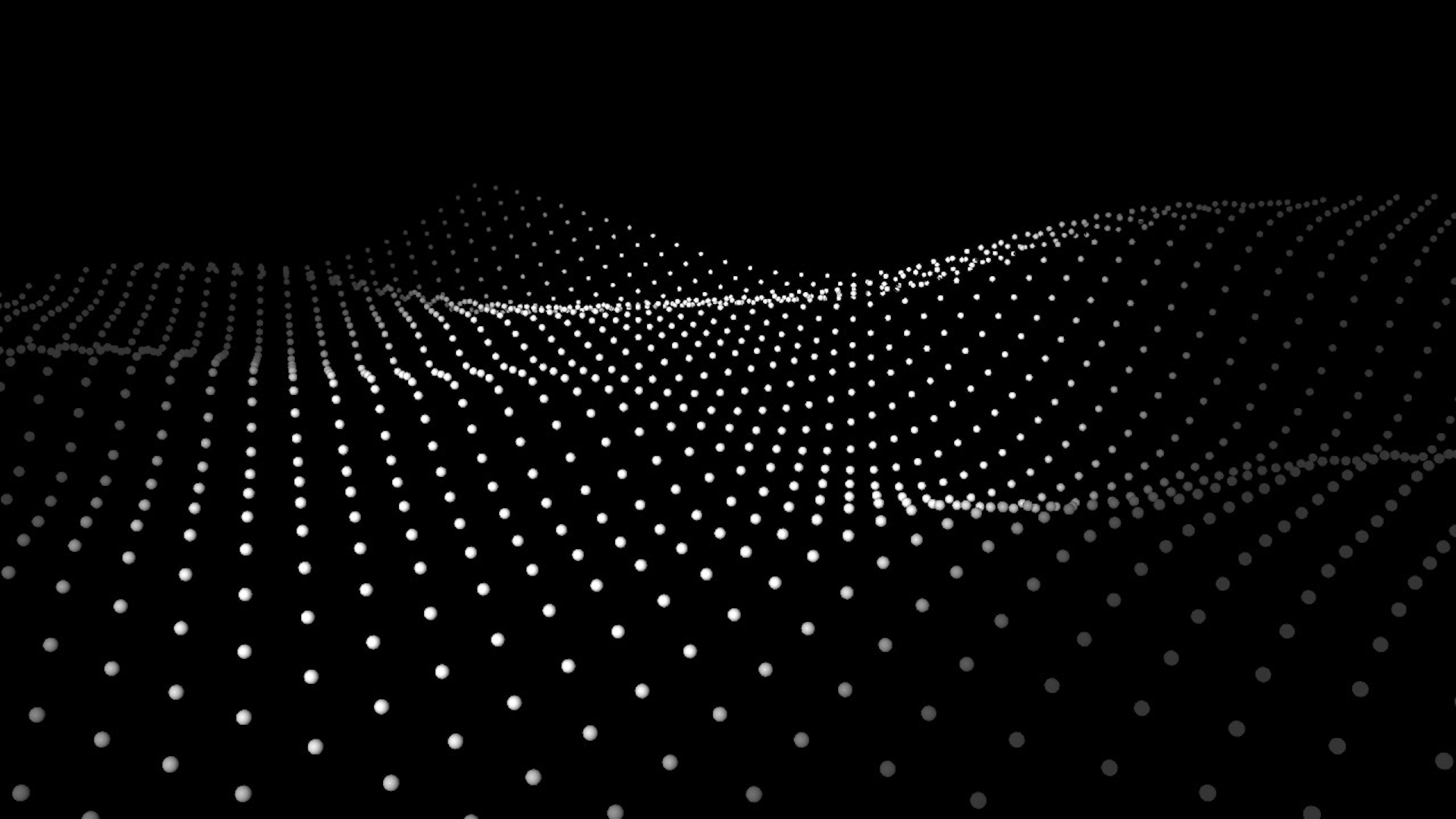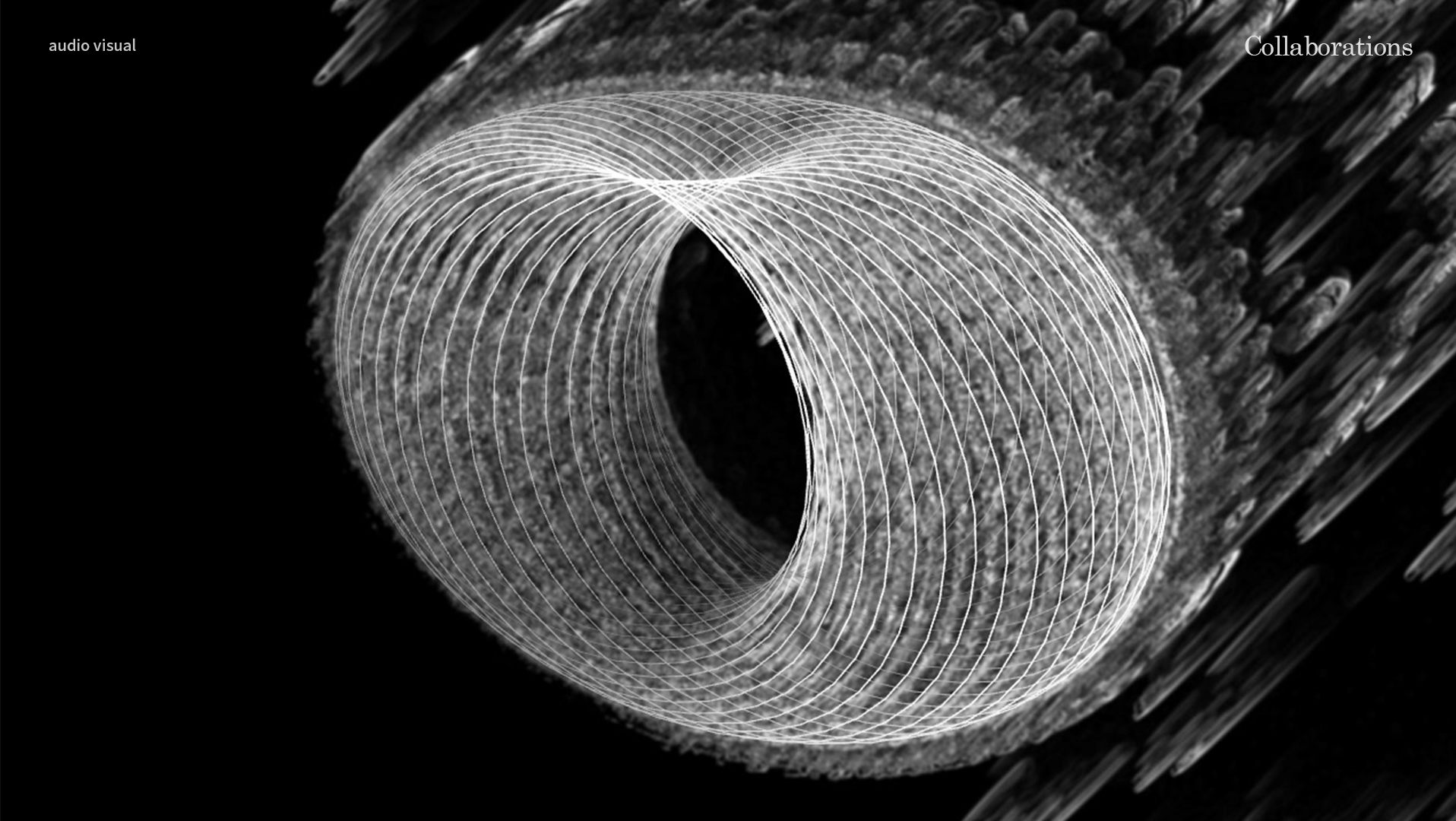- Project Overview -
Earth scientists have described the most recent geologic time period as the “Anthropocene”. This label focuses on the significant impact humans have on Earth’s geology and ecosystems, with the activity of one species (humans) now altering earth system processes for the first time in our planet’s history. These impacts are planetary in scale, and include anthropogenic climate change.
The fifth major extinction occurred when dinosaurs disappeared from the planet around 65 million years ago. Following this extinction event, prospering mammals, especially humans, have come to dominate the planet. The sixth major extinction, which many scientists argue we are currently in the midst of, is not the result of ice or meteorite collisions, but is instead a human-made catastrophe. In order to be able to escape from extinction, it is necessary to recognize and halt the catastrophic impact humans are wreaking upon the planet. In order to change course, greater consciousness of these impacts is vital.
Enlightenment-era thinking saw the world divided into human and non-human realms, with this dichotomous view of our place on the planet then deeply imprinted on societies around the world through the violent processes of European domination and colonisation. In seeking greater awareness of the Anthropocene, work that transcends this view of humanity is needed. Research must look into the deeper connections between humans and nature, which involves connecting human history with the history of all other species. This will better allow the story of life and death to be grasped in relation to the surrounding world.
We must move beyond views that divide the world into human and non-human realms, and stop the abusive and destructive practice of seeking to transform and otherize nature. To do this, we need to focus on the relationship between humans and the environment when interacting with non-human objects, including nature.
The concept of a rhizome structure offers one possible way to reconceptualise the relationship between humans and the non-human world. A rhizome structure has no hierarchical relationship – think of the endless intertwining of roots, for example – and instead emphasises connectivity. Viewing the world in this way helps us to shift away from attitudes that view nature as something to be conquered.
The hybrid world made of science and technology, and the irregular relationship between the realities and their interactions, allows us to be separated from the attitude of conquering nature.
인류세(人類世, Anthropocene) 또는 인신세(人新世)는 제안된 지질 시대로, 홀로세(현세) 중에서 인류가 지구 환경에 큰 영향을 미친 시점부터를 칭하는 별개의 새로운 개념이다. 정확한 시점은 합의되지 않은 상태이지만 대기의 변화를 기준으로 할 경우 산업 혁명이 그 기준이다. 특히 지난 3세기에 걸쳐 지구 환경에 대한 인간의 영향은 점차 커지게 되었는데 이산화탄소 배출로 인해 지구 기후는 수천 년 동안의 자연의 형태에서 크게 벗어나게 되었다.
공룡이 지구상에서 사라진 5차 대멸종. 그 이후 지구에서 번성한 포유류, 그 중에서도 인간은 지구를 지배하고 있다. 우리 인류에게 코 앞에 다가온 6차 대멸종은 빙하기도, 운석충돌도 아닌, 인간에 의해 만들어진 재앙으로부터 일어날 것이다. 멸종에서 벗어날 수 있으려면, 인간이 만든 인간에게 닥친 재앙을 인식하고 개선하며, 절대적으로 인간의 자의식과 행동이 필요하다.
계몽 이후의 사고는 세계가 인간과 비인간 영역으로 나뉘는 것을 허락했다. 지구상의 우리 위치에 대한 이분법적인 관점은 유럽 지배와 식민지화의 폭력적인 과정을 통해 전 세계 사회에 깊이 각인되었다. 인류세에 대해 제대로 인식하기 위해서는 이러한 근대관을 초월하는 작업이 필요하다. 그러기 위해서는 인간 역사와 다른 모든 종의 역사를 연결하는 인간과 자연 사이의 더 깊은 연결에 대한 연구가 필요하다. 이는 인간사를 인간 종의 역사와 연결하여 삶과 죽음의 이야기를 주변 세계와의 관계에서 파악할 수 있게 한다.
서로 뒤얽혀 끝없이 연결되어 있는 뿌리와 같은 상하관계가 없는 리좀구조의 세상, 기술과 과학으로 만든 잡종으로 이루어진 하이브리드 세상, 실재 사이의 불규칙적 관계와 그들의 상호작용을 인정하고 이에 집중함으로써 자연을 정복해야 하는 대상으로 보는 시각에서 벗어날 수 있다. 우리가 마주한 시대를 정면으로 마주하기 위해서 예술이 어떤 역할을 할 수 있는지에 대한 고민과 함께, 인류세를 제대로 이해하기 위한 철학적 개념들을 터치디자이너를 이용해 뉴 미디어 아트로 제작하였다.
01 Rhizome




The rhizome, which symbolizes bleeding, entanglement, and relationships, is an important concept for thinking about the Anthropocene. As a member of the species that has destroyed and transformed nature and the environment from a position of dominance, you can experience illusions through endlessly connected dots and lines flickering across screens, helping to recall the connection between yourself and the world.
번짐과 엉킴, 관계를 상징하는 리좀은 인류세를 인식하는데 중요한 이론이다. 위계구조에 의해 자연과 환경을 인간의 밑에 두고 파괴, 변형해 온 인류의 한 구성원으로서 끝없이 이어지는 점과 선들, 깜박이는 화면에서 일루전을 경험하게 되고, 나와 세상의 연결을 상기할 수 있다.
02 Object



Young trees are lined up neatly in newly developed suburbs, while old trees are man-handled and fenced off due to their ‘Protected’ status. Some trees are planted at will in the gardens of houses for aesthetic purposes, while others are cut down from forests in which they have lived for decades.
The tree is visible through the screen. A small light navigates between the leaves, guided by the movements of your hand. You can also control the growth of the trees by unfurling your hands, imitating a flower in bloom. These are the different ways we treat trees. This work displays the tree as an object. You try to see, hear, and touch the tree, but all you're able to offer are empty hand gestures. In the end, you find the contradiction that this is not a tree, and you are not communicating with it.
어린 나무들은 신도시에 일렬로 세워지고 늙은 노목들은 보호수라는 이름으로 번호가 매겨지고 관리된다. 나무는 필요에 의해 누군가의 정원에 심어지거나, 수십년 살아온 숲에서 옮겨지고 베어진다.
스크린을 통해 나무가 보인다. 작은 빛이 손의 움직임에 의해 나뭇잎 사이사이를 탐색한다. 손을 쥐었다 피면 나무의 성장을 조절할 수도 있다. 이것이 우리가 나무를 대하는 태도이다. 나무를 오브젝트로 인식하고 전시한다. 나무를 보고 듣고 만지려 하지만 지금 당신이 하고 있는 것은 공허한 손짓 뿐이다. 애초에, 이것은 진짜 나무가 아닐 뿐더러 당신은 나무와 소통하고 있지 않다.
03 Green Area
Seoul green area ratio
According to the government, “green areas” are areas identified in urban management plans that can help to improve the urban landscape by preserving the natural environment and preventing pollution or disasters. Managing the urban landscape through “green areas” is in accordance with laws on national land planning and use.
Seoul’s green areas are managed through the extensive use of data. Information about the status of green areas in Seoul is accessible through the Seoul Open Data Plaza, provided by the Seoul Metropolitan Government. Users can view information and figures about the city’s green areas, including a well-organised chart that shows the amount of green area in each ward. In wealthier parts of the city there is greater coverage of green areas. As you can see, the opportunity to live with nature is in many ways dependent upon one’s economic status.
This is a satellite image of Seoul. The image changes from a regular satellite photo to a photo that shows the city’s green areas through green lighting. As the image changes repeatedly, the bars on the photo move. The bars are representative of the city’s dense buildings.
Maps can offer insight into the nature of cities by showing us the thorough planning behind them, and the extensive human management of cities through data collection and management.
녹지란, 국토의 계획 및 이용에 관한 법률 제2조제6호 나목의 규정에 의한 녹지로서 도시지역 안에서 자연환경을 보전하거나 개선하고, 공해나 재해를 방지함으로써 도시경관의 향상을 도모하기 위하여 동법 제30조의 규정에 의한 도시 관리 계획으로 결정된 것을 말한다.
서울시의 녹지는 데이터로 철저히 관리되고 있다. 서울특별시에서 제공하는 서울 열린 데이터 광장에서 서울시 녹지 현황 통계를 확인해 볼 수 있다. 잘 짜인 차트에 각 구의 녹지면적을 포함한 다양한 녹지 정보와 수치를 확인해 볼 수 있다. 녹지의 비율은 비교적 경제적으로 여유 있는 구에서 더 높아진다. 빈부격차에 따라 자연을 누릴 수 있는 기회도 달라진다.
여기 서울시의 위성이미지가 있다. 이미지는 일반 위성 사진에서 녹지비율을 초록색의 명도로 표시한 사진으로 변경된다. 반복되는 이미지의 변화로 사진상의 막대들은 움직인다. 막대들은 마치 빽빽한 건물 같다. 지도는 움직인다. 철저한 계획 하에 조성되고, 데이터 시스템으로 관리되는 도시의 자연을 상기시킨다.
04 Ourselves




What does it mean to be Human? Two views have often been raised in response to this commonly discussed question. The first is whether we should think about humans as a purely biological species; the second is whether humans should be viewed as subjective beings with the capacity for self-consciousness. But what is sometimes overlooked is that humans are living things made up of microbes. Since we are made up of microorganisms, the same as any other organic and inorganic thing in existence, humans, animals, and nature are intimately connected entities. The destruction wrought by humanity today against the natural environment is, therefore, a form of violence that we are ultimately inflicting upon our very selves as a hybrid.
인간이란 무엇인가?라는 쟁점에서 흔히 논해지는 쟁점이 있다. 첫번째로는, 인간을 생물학적이고 유전학적인 차원에서 보아 특정한 유전자를 가지고 있는 생물학적 종으로 볼 것인가이고, 두번째로는, 인간을 인격체로 보아 자의식을 가진 존재로 보는 것인가이다. 그러나 우리가 여기서 간과하는 것은 인간은 미생물로 이루어진 생명체라는 것이다. 인간은 이 세상에 존재하는 유기물과 무기물과 같이 미생물로 이루어져 있기 때문에, 인간과 동물과 자연은 끈끈히 이어진 실재들이며, 오늘날 인류가 행하는 파괴적 개발 및 오염은 결국 환경=자신에게 가하는 폭력이다.
Made with TouchDesigner
References
블록 & 옌센, 처음 읽는 브뤼노 라투르, 황장진 옮김, 사월의 책, 2017
류지영, 인류세 시대의 미술교육 : 인간과 비인간 사이 관계성으로서의 예술, 조형교육 71집, 2019, P.61-81
브루노 라투르, 인간․사물․동맹: 행위자네트워크 이론과 테크노사이언스, 홍성욱 옮김, 이음, 2010
Thanks for your attention!






